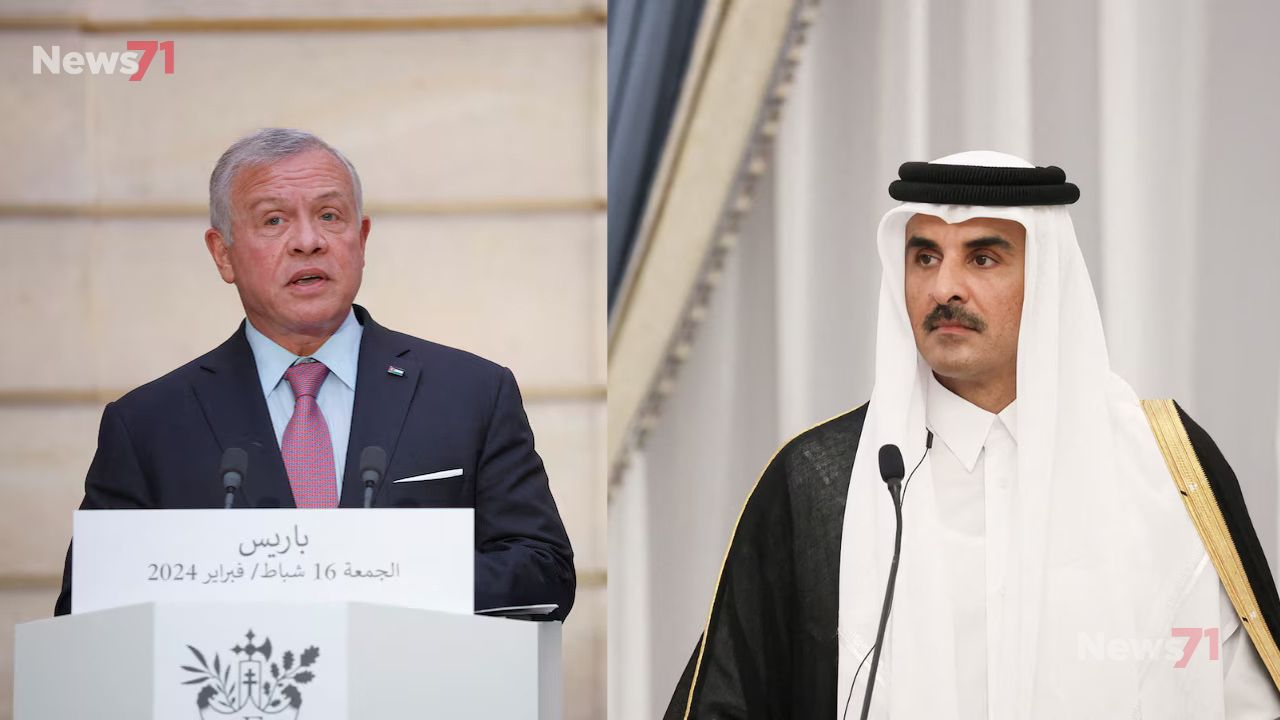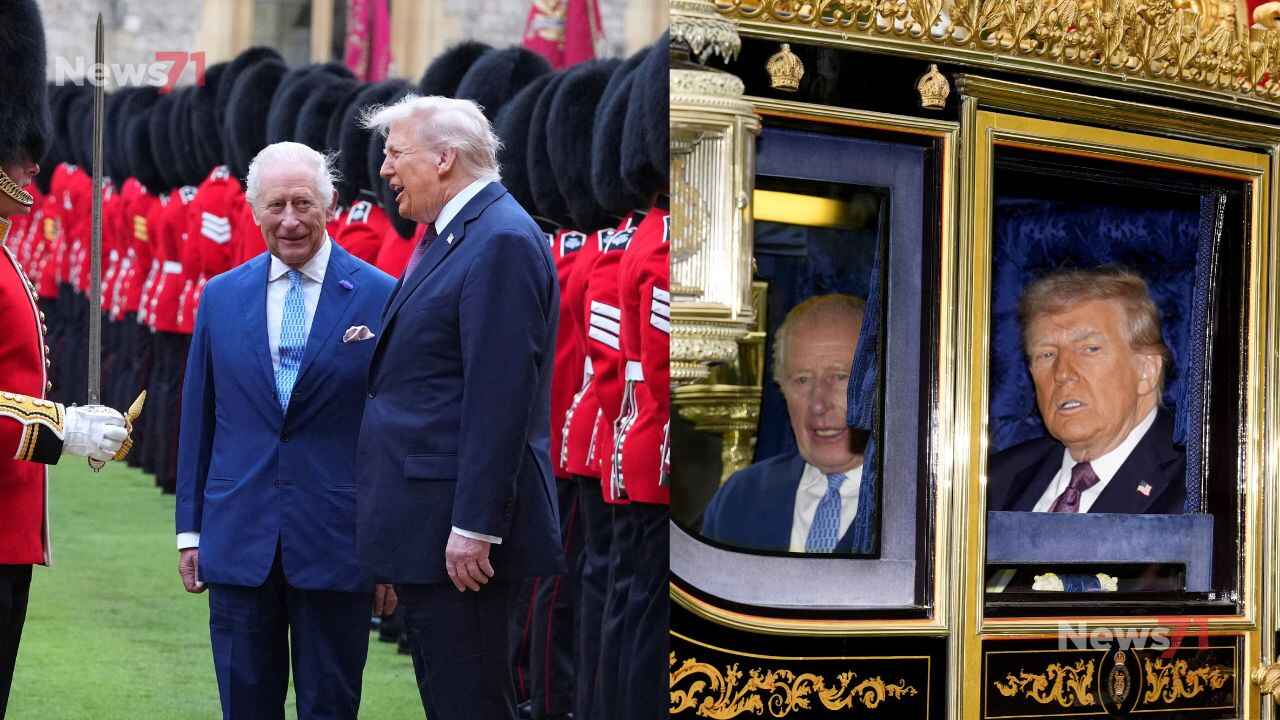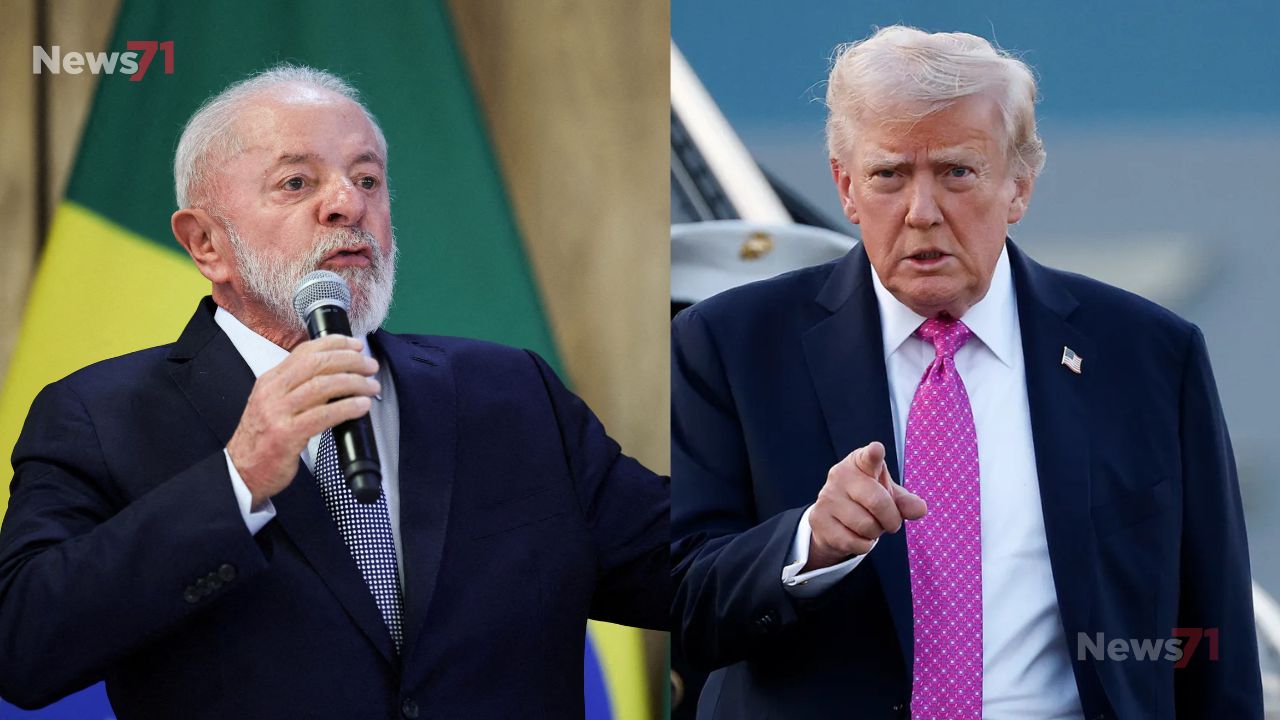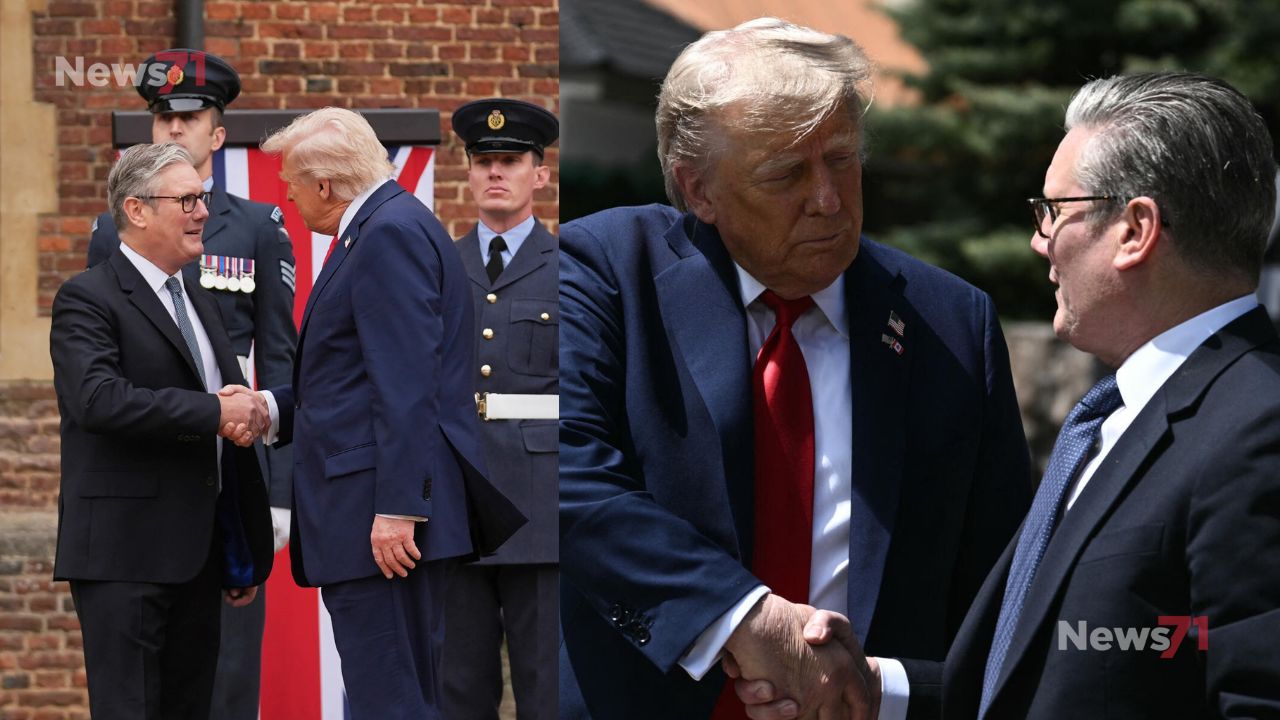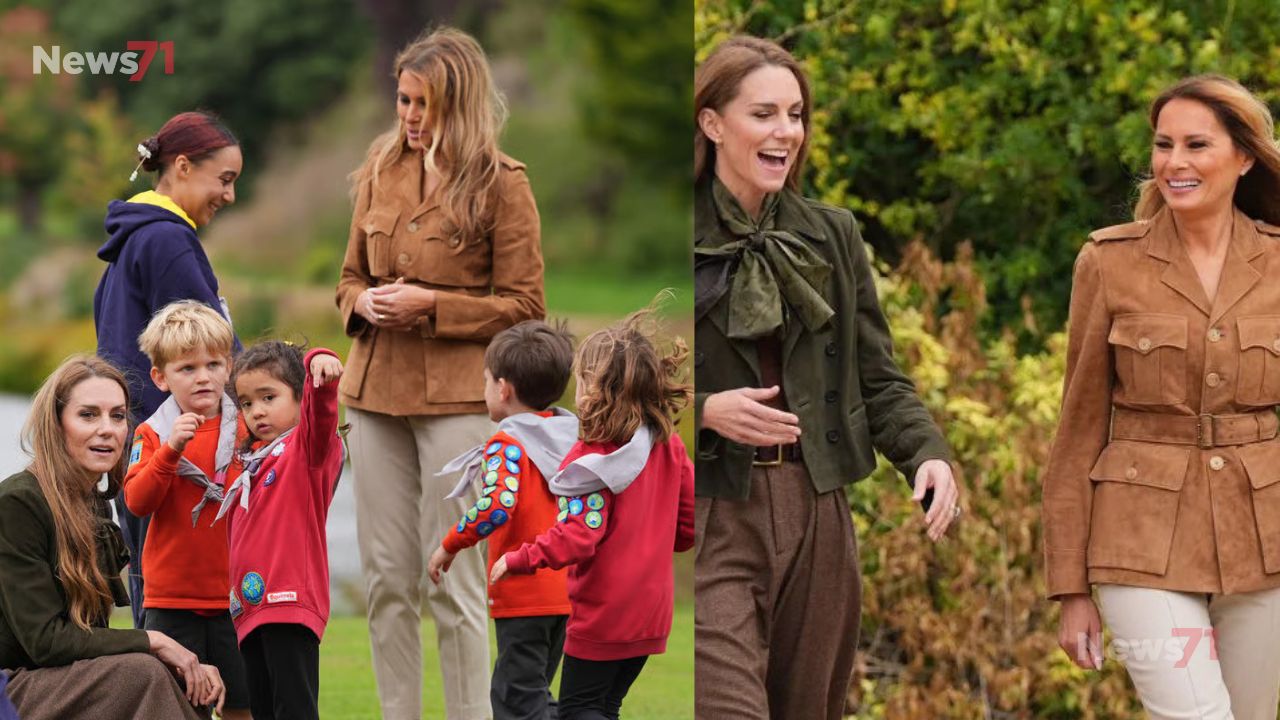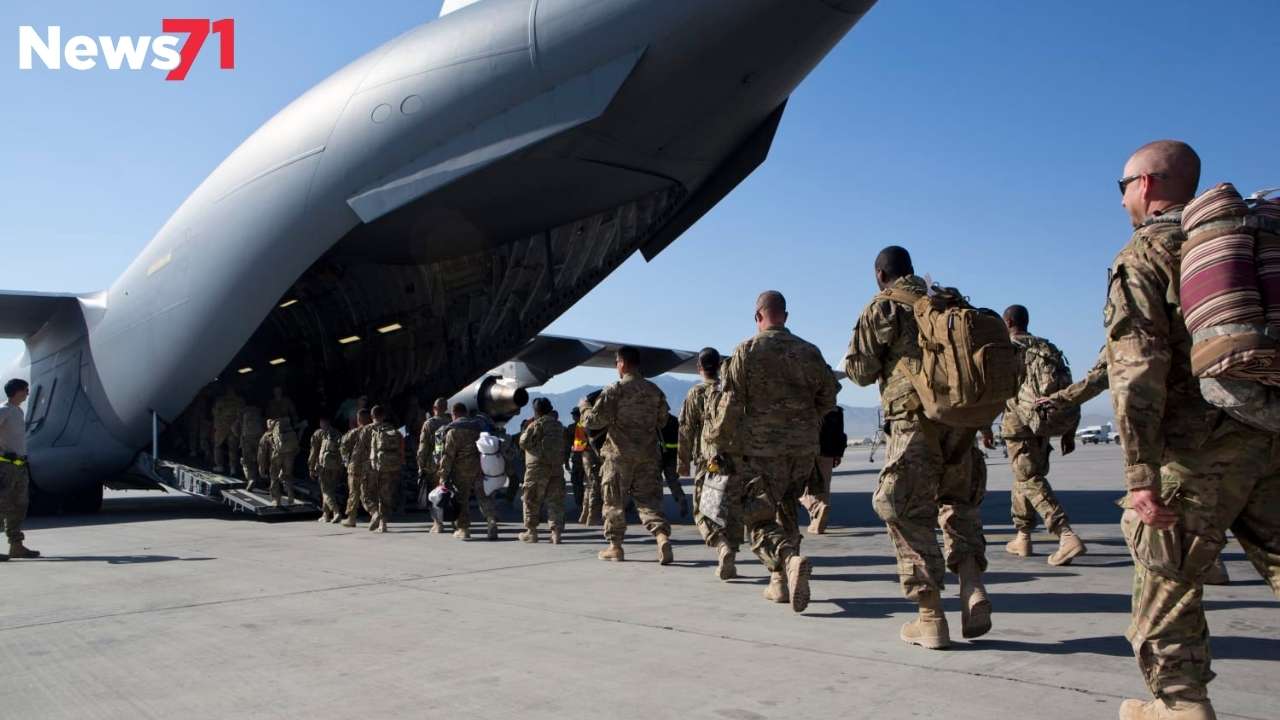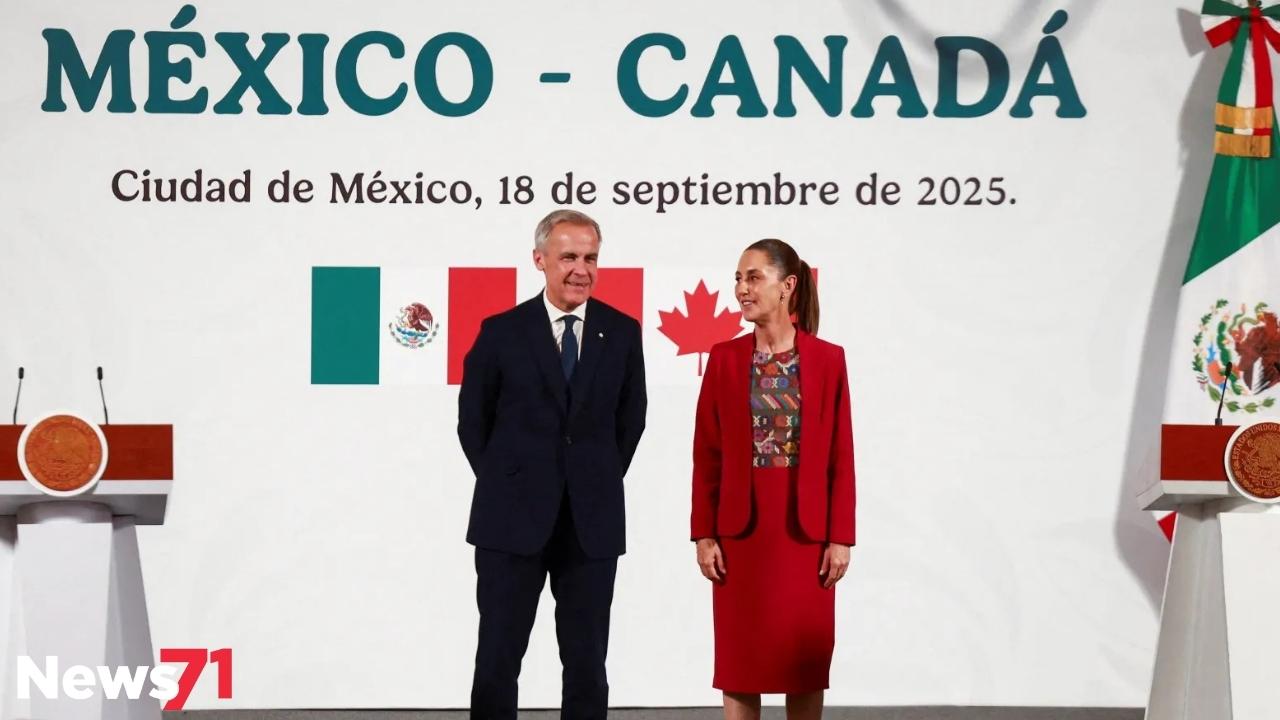Qatar and Jordan, Qatari Emir Sheikh Tamim bin Hamad Al Thani arrived in Amman for high-level talks with King Abdullah II and Crown Prince Hussein, marking his first visit since the reported Israeli strike on a residential area in Doha on September 9. The trip comes days after Qatar hosted an emergency Arab-Islamic summit that condemned the attack and sharpened regional messaging on Gaza. Against that backdrop, Qatar and Jordan are moving to align positions, streamline humanitarian channels, and coordinate next steps ahead of United Nations meetings.
The timing underlines both countries’ roles in a fast-moving regional landscape. Qatar has emerged as a central diplomatic actor and convenor, while Jordan remains a frontline partner for aid delivery to Palestinians and a key bridge between Gulf, Levant, and Western capitals. By bringing their leadership together in Amman, Qatar and Jordan signal that they intend to translate summit rhetoric into practical cooperation on security, relief, and diplomatic outreach.
At the summit earlier in the week, Gulf Cooperation Council states pledged to activate a joint defence mechanism one of the most concrete outcomes to date in response to the widening sense of vulnerability and the need for coordinated deterrence. Doha’s Foreign Ministry, meanwhile, condemned the escalation in Gaza City and framed ongoing operations as an extension of a broader war against the Palestinian people, warning that the offensive imperils regional stability and international security. The language underscores why Amman is an important first stop for the emir: Jordan is indispensable to any sustained aid effort into Gaza and to wider de-escalation efforts.
Substantively, the agenda in Amman is expected to revolve around three tracks. First, military and security coordination, including deconfliction channels and intelligence sharing on threats that could spill across borders. While Qatar is not a frontline military actor, it can leverage diplomatic relationships to reduce miscalculation, and Jordan can translate those diplomatic gains into practical border security and airspace management. Second, humanitarian logistics, where Jordan’s geographic proximity and air and land corridors make it a vital staging ground for medical supplies, field hospitals, food, and fuel destined for Palestinian civilians. Third, the diplomatic calendar: with the UN General Assembly sessions looming, the two sides will calibrate language and coalition-building to amplify Arab positions in New York.
Qatar and Jordan: Emir’s Amman visit aims to tighten coordination after Doha strike
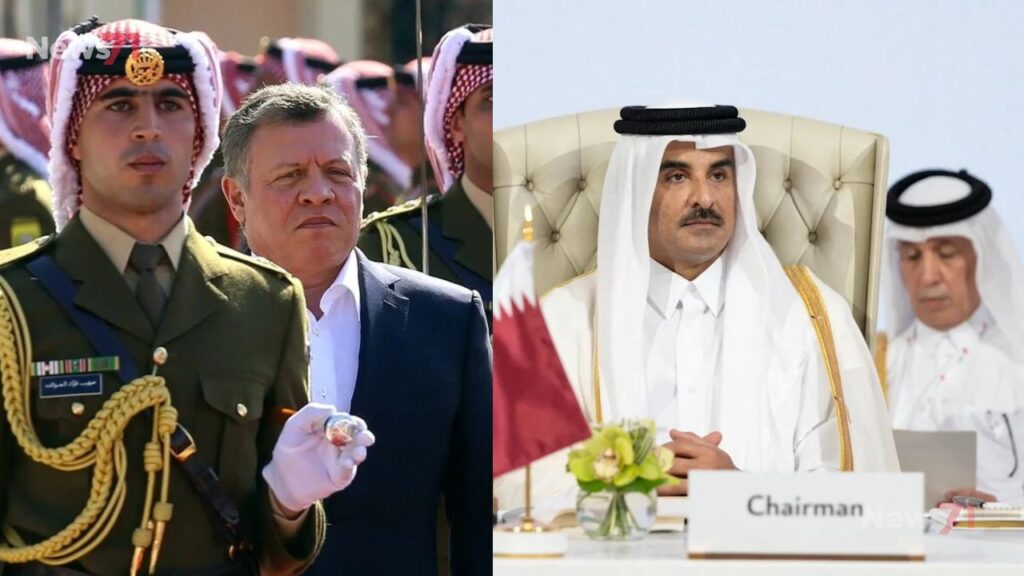
The visit also follows a meeting in Doha between the emir and the United States Secretary of State, part of efforts to stabilize US-Qatari ties after the strike in Qatar’s capital. Amman offers a natural venue to extend that dialogue, since Jordan maintains close coordination with Washington and European partners while keeping an ear to the ground across the Arab world. If the Doha meeting was about repairing channels, the Amman stop is about operationalizing them aligning messages, setting deliverables, and avoiding mixed signals when global attention turns to the UN. Qatar and Jordan
Economically, the leaders are likely to revisit bilateral investment and infrastructure links that can insulate both economies from regional shocks. Qatar and Jordan have steadily expanded cooperation in energy, tourism, transport, and technology. New projects logistics hubs supporting aid operations, medical partnerships tied to field hospitals, or training programs for emergency response would fit naturally with the immediate humanitarian imperatives while leaving longer-term capacity in place after the current crisis eases. Qatar and Jordan
Symbolism matters too. The emir’s choice to visit a country that is essential to aid routes sends a message that humanitarian access is not a secondary consideration but a core diplomatic priority. For Jordan, hosting the Qatari leader underscores its central role as a stabilizing actor, even as it navigates domestic pressures and persistent regional turbulence. Publicly, both sides can point to concrete areas of alignment: protecting civilians, easing the humanitarian choke point into Gaza, and coordinating positions before key multilateral debates.
Expect the joint statements to emphasize shared principles respect for international law, protection of medical facilities and civilians, and the need to prevent the conflict from metastasizing beyond Gaza. More granular outcomes may include expanded aid convoys, increased air-bridge capacity, medical evacuation pathways, or technical working groups that pair Qatari funding with Jordanian logistics to accelerate delivery timelines. Even modest gains can have outsized effects on the ground if they shorten the window between pledge and delivery.Qatar and Jordan
